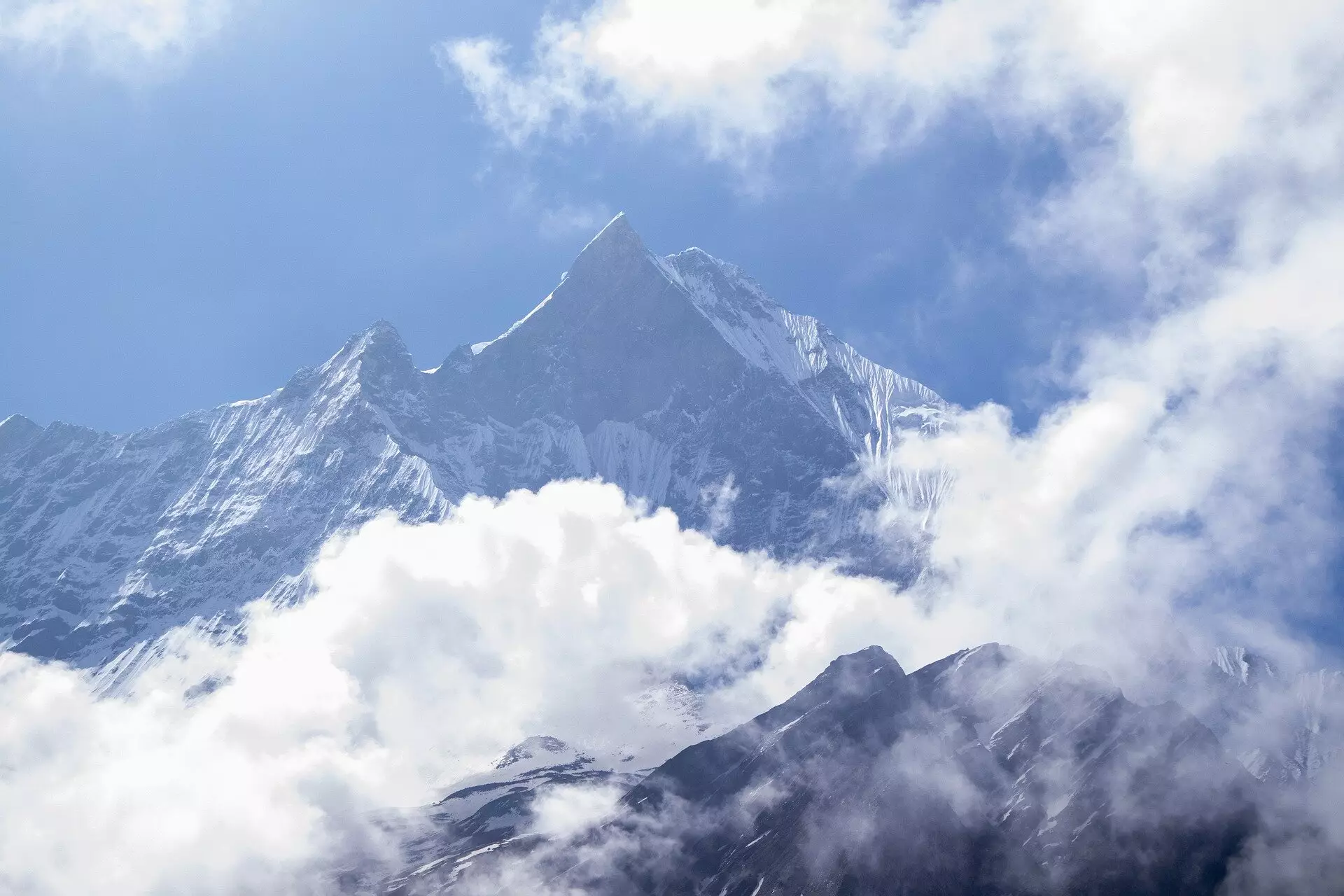Mount Everest has long captivated explorers, scientists, and adventurers alike with its imposing stature, standing at 8,849 meters. However, a recent study from University College London (UCL) presents a fascinating narrative about the mountain’s evolving height. This research, published in the esteemed journal Nature Geoscience, integrates river dynamics and geophysical processes to reveal that Everest is not a static giant; instead, it continues to rise—fueled by the erosional power of a nearby river system and the subsequent geodynamic effects.
The study indicates that the Arun River, which is located approximately 75 kilometers from Everest, is significantly eroding the land it traverses. This erosion is causing the Earth’s crust to undergo isostatic rebound—an uplifting effect that results when the weight above it diminishes. As the majestic gorge carved out by the Arun continues to expand, the mountain experiences a gradual but measurable ascension, pushing its height upwards by as much as 2 millimeters a year. Over the past 89,000 years, this process has contributed an impressive 15 to 50 meters to Everest’s height.
Geological phenomena such as isostatic rebound underscore a critical relationship between erosion and uplift. When the Arun River’s erosive activity removes significant quantities of rock and soil, it decreases the mass above the Earth’s crust, allowing it to flex and “float” upward. This complex interplay between geological and hydrological forces demonstrates that Mount Everest’s extreme height is not merely a result of tectonic uplift; rather, it is also a dynamic response to the ever-changing landscape around it.
Team members, including Ph.D. student Adam Smith, underscore the mountain’s mythic reputation while highlighting its ongoing growth due to these geological activities. The continuous erosion creates a feedback loop—less mass on the crust leads to enhanced uplift, thereby contributing more to Everest’s impressive stature over an extended geological timeframe.
In dissecting this phenomenon, researchers have delved deeply into the hydrology of the region. The Arun River not only carves deep gorges but also manages the intricate balance of sediment transport and landscape evolution. Upon merging with the Kosi River system, the Arun dramatically increases the erosional capacity of the combined rivers, indicating a process known as drainage piracy. This system attests to the interconnectedness of geological and hydrological systems, illustrating how one can amplify the effects of the other.
Dr. Jin-Gen Dai from the China University of Geosciences illustrates that the unique geographical dynamics of the region contribute to the rapid erosion and its subsequent effects on nearby peaks like Lhotse and Makalu. The complex topography, characterized by changes in elevation and steepness as the Arun transitions into the Kosi, provides fertile ground for continuous erosion, further fuelling isostatic uplift not just for Everest—but for its neighboring peaks as well.
Presently, geophysical studies employing advanced GPS technology have led researchers to pinpoint the rate of uplift with remarkable accuracy. According to Dr. Matthew Fox from UCL, the isostatic rebound lifts Everest and its neighboring mountains at an unprecedented rate, outpacing the rate of erosional wear. This finding contributes substantially to our understanding of mountain-building processes, showing that erosion and growth are not mutually exclusive but rather simultaneous activities that shape our planet’s surface.
Moreover, the gross alteration of landforms over the millennia encourages scientists to rethink long-held paradigms in geology. The changing height of Mount Everest serves as a clear indicator of the dynamic processes governing the Earth’s surface, highlighting its responsiveness to environmental and geological shifts.
Mount Everest stands not only as a symbol of human exploration but also as a testament to the planet’s evolving nature. The continuous dance between erosion and uplift encapsulates the complex relationship between geological forces and river systems, reminding us that even the mightiest mountains are subject to the relentless change of time. As techniques for measuring these phenomena improve, researchers will undoubtedly uncover more secrets that speak to the vitality of Earth’s geophysical processes. Thus, the majestic Mount Everest is not merely a lofty peak; it is a living monument of geological activity—ever-growing, ever-evolving, an enduring marvel of nature.


Leave a Reply